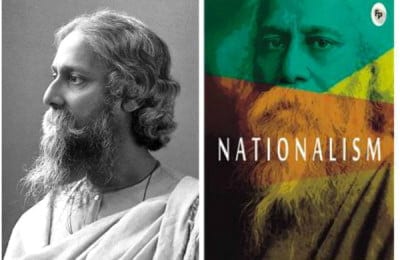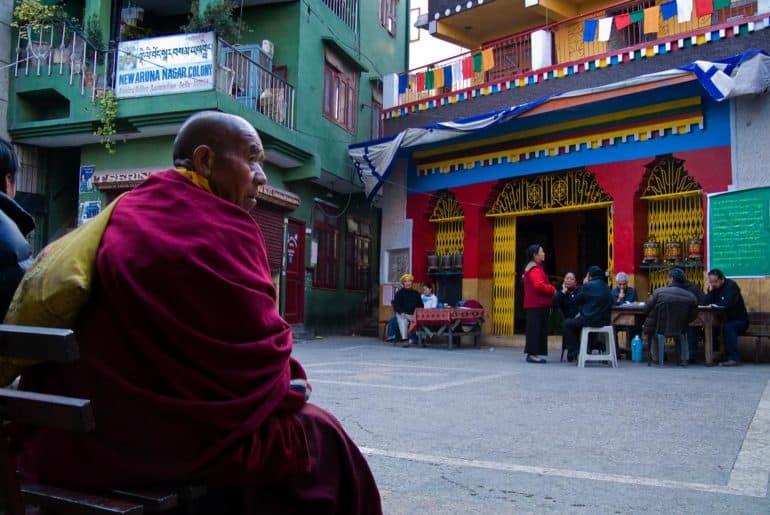The University of Delhi (DU) has pledged its staffers’ one day salary to the PM relief fund in the wake of the coronavirus pandemic.
The University of Delhi (DU) has decided to pledge its staffers’ one-day worth salary to the Prime Minister’s National Relief Fund (PMNRF) that has been set up in the wake of the Coronavirus spread, in an attempt to fight to the pandemic.
The Prime Minister’s National Relief Fund (PMNRF) in India is a public raised fund that does not get any budgetary compensation from the government. It was set up to provide relief and support for people in cases of natural and man-made disasters.
The PMNRF along with Prime Minister’s Citizen Assistance and Relief in Emergency Situations (PM-Cares)- set up specifically during the ongoing coronavirus spread- are the two citizen-funded initiatives that have been providing relief to the economically weaker sections during the pandemic. On Monday, 30th April 2020, the University released a statement where this donation was proposed.
Along with this initiative, the University has apparently formed a task force in an attempt to take stock of the ongoing crisis that has arisen due to the onset of the coronavirus pandemic. This task force would be coming up with recommendations regarding academic and administrative responsibilities of the university in these trying times. The University has also stated that excessive amounts of financial resources are going to be needed by the centre to deal with the upcoming circumstances and provide relief to help its more vulnerable citizens in this crisis.
“The University has proposed to contribute one day’s salary of teaching and non-teaching staff to the Prime Minister’s National Relief Fund (PMNRF),” it said in a statement. The statement also revealed that a mobile application is currently in development so that employees who wish to contribute more to the PMNRF to help the situation can do so.
In the aforementioned context, the statement further read that the university is also making use of the two recently integrated apps- Google Classes and Google Hangouts- which can be used by the faculty and students to continue with the academic schedule online.
The University has also stated that it has made arrangements to provide all basic amenities to students staying in hostels, and that the mess facility is operational in all of the hostels maintained by the University. Four medical centres- The World University Services (WUS) Health Centre at North Campus, The WUS Health Centre at South Campus, East Delhi (Dr BR Ambedkar College) and West Delhi (Shivaji College)- have also been made available that have medical professionals, paramedics and ambulance around the clock.
Feature Image Credits: DU Beat Archives
Shreya Juyal






